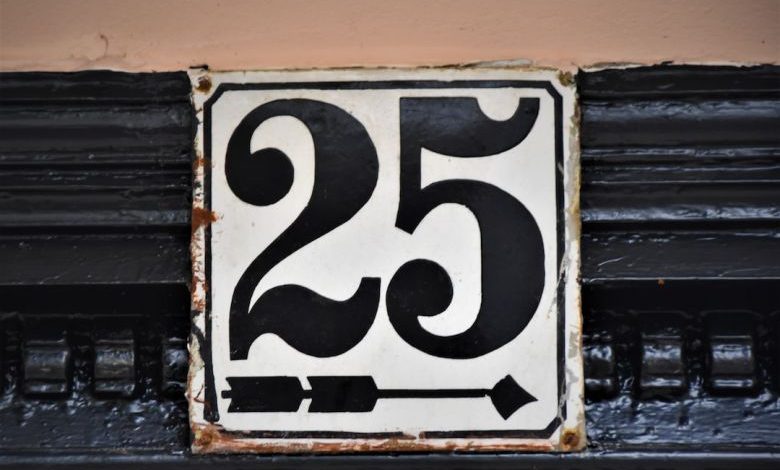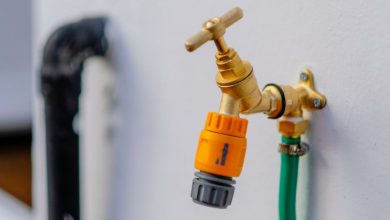How to Choose a Suitable House Number Plate?

The house number plate is an important element of your home’s exterior. It not only helps visitors find your house easily, but it also adds to the overall aesthetic appeal of your property. With so many options available in the market, choosing a suitable house number plate can be a daunting task. In this article, we will provide you with some helpful tips on how to choose the perfect house number plate for your home.
Consider the Style of Your Home
The first step in choosing a suitable house number plate is to consider the style of your home. Whether your home is modern, traditional, or rustic, you should choose a house number plate that complements its architectural style. For example, if you have a Victorian-style home, a classic brass or wrought iron number plate would be a perfect choice. On the other hand, if you have a contemporary home, a sleek and minimalist number plate made of stainless steel or acrylic would be more appropriate.
Decide on the Material
House number plates come in various materials, each with its own unique characteristics. Some common materials include wood, metal, ceramic, and acrylic. When deciding on the material, consider the durability, maintenance requirements, and overall look you want to achieve. For instance, if you live in an area with harsh weather conditions, a metal number plate would be a good choice as it is resistant to rust and fading. On the other hand, if you prefer a rustic and natural look, a wooden number plate would be more suitable.
Choose the Right Size and Font
The size and font of your house number plate are also important factors to consider. The size should be appropriate for the distance at which it will be viewed. If your house is set far back from the road, a larger size would be necessary to ensure visibility. Additionally, choose a font that is clear and easy to read. Avoid fancy or decorative fonts that may make it difficult for visitors to interpret the numbers.
Consider Visibility
One of the main purposes of a house number plate is to ensure that visitors can easily locate your home. Therefore, it is essential to choose a number plate that is highly visible. Consider factors such as color contrast, font size, and background material. For example, if your house is painted in a light color, a dark-colored number plate with white numbers would provide the best visibility. Similarly, if your house is located in a dimly lit area, consider opting for a number plate with reflective or illuminated features.
Personalize Your Number Plate
While it is important to choose a house number plate that is functional and visible, you can also add a personal touch to make it unique. Many companies offer customization options where you can choose the font, color, and even add decorative elements such as borders or motifs. Personalizing your number plate allows you to reflect your own style and personality while still ensuring its functionality.
Consider Local Regulations
Before finalizing your choice, it is crucial to check with your local authorities or homeowner’s association regarding any regulations or restrictions on house number plates. Some areas may have specific requirements regarding the size, font, or placement of number plates. By familiarizing yourself with these regulations, you can choose a number plate that not only meets your aesthetic preferences but also complies with the local rules.
In conclusion, choosing a suitable house number plate requires careful consideration of factors such as the style of your home, the material of the plate, the size and font, visibility, personalization options, and local regulations. By taking these factors into account, you can select a number plate that not only serves its functional purpose but also enhances the overall appearance of your home. Remember, the house number plate is one of the first things visitors see, so make sure it leaves a lasting impression.




